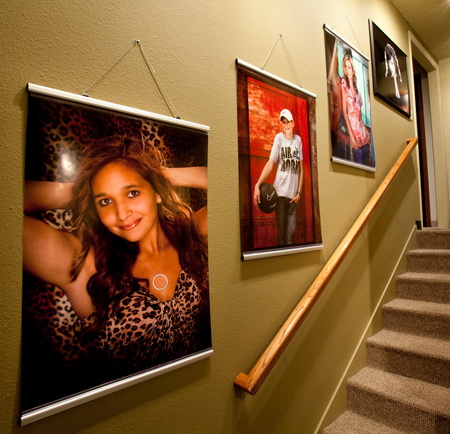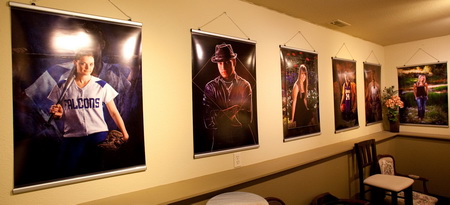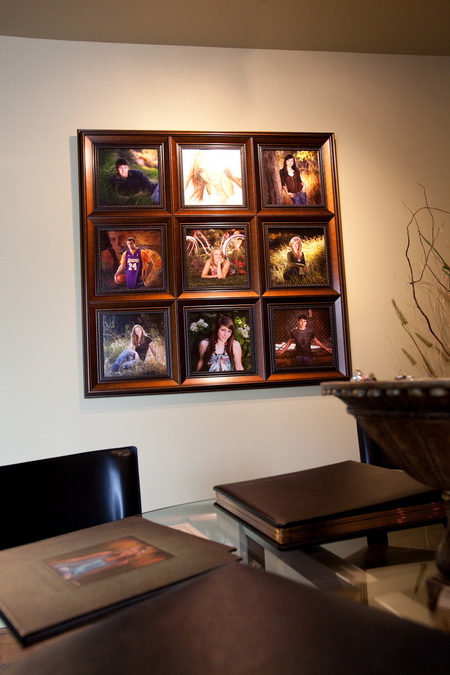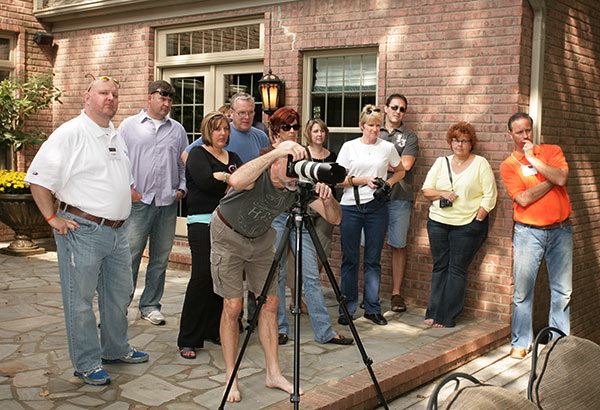![]() When teens pose for senior portraits, the experience often allows them to imagine what it might be like to be a professional model. In fact, many clients often ask portrait photographer Cindi McDaniel: “What steps would I need to take in order to become a model?”
When teens pose for senior portraits, the experience often allows them to imagine what it might be like to be a professional model. In fact, many clients often ask portrait photographer Cindi McDaniel: “What steps would I need to take in order to become a model?”
So when Cindi and her husband Ralph decided to joint develop a web-based enterprise as a sideline to their senior portrait business (Studio EnVogue), they came up with the concept for Supermodel Seniors. The site will feature professionally photographed images of high-school seniors from all across the U.S. who dream of becoming models. The galleries on Supermodel Seniors will make it easy for modeling agencies to find fresh faces or a particular look that might be needed for a specific job.







